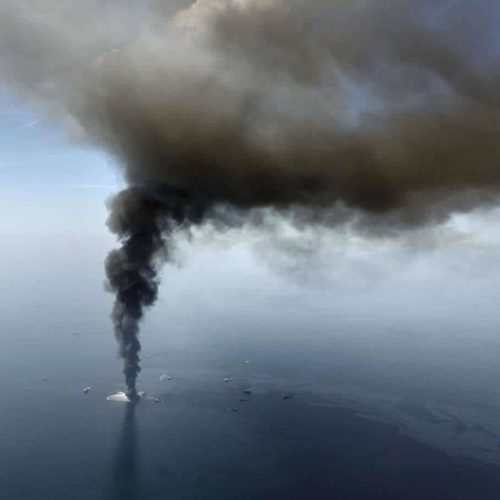Introduction
In response to the Deepwater Horizon blowout, the Department of the Interior restructured its oversight and revenue collection of oil and gas leases on federal lands. But the new setup is not problem-free. The Department is now juggling staffing problems, oversight shortcomings and low revenue collection along with the massive overhaul.
In May 2010, the Minerals Management Services, originally responsible for oversight and revenue collection for onshore and offshore oil and gas production, was split into two offices. The Bureau of Ocean Energy Management, Regulation, and Enforcement would oversee offshore oil and gas activities, and the Office of Natural Resources Revenue would concentrate on royalty collection for the oil and gas produced on federal leases.
The Government Accountability Office has raised concerns about Interior’s ability to take on this reorganization while collecting oil and gas leasing revenue and performing its oversight responsibilities. Interior has experienced challenges meeting its responsibilities with oil and gas resource development while performing its other functions, like managing public lands for wildlife habitats.
Interior has had problems in the past retaining enough staff to meet oversight and management responsibilities for its operations. High turnover rates in 2010 for key oil and gas inspection and engineering positions have presented challenges for the Department to oversee oil and gas development on federal leases, potentially placing environmental safety and royalties at risk. While Interior’s reorganization includes plans to hire additional staff with expertise in oil and gas inspections and engineering, these plans have not been fully implemented and it is unclear whether Interior will be able to secure the necessary amount of staff.
In April, iWatch News reported that Interior oversight was so poor that investigators could not determine how much companies actually owed the government, an amount potentially worth billions of dollars. Oil and gas companies operating on federal land or waters are supposed to pay the government one-eight to one-sixth of the revenue from its leases.
Interior is assessing its revenue collection policies and processes, which it expects to complete later this year. This is the first time in over 25 years the Department is reevaluating this process, despite major changes in the oil and gas industries during the same period.
Interior also has data limitations on measuring the amount of gas released or burned, leading it to underestimate the amount of gas being collected and undervaluing lost royalties. The lack of consistent and reliable data on oil and gas production means Interior cannot ensure it is assessing and collecting the appropriate amount of royalties.
“While Interior may shift responsibilities around, many of these weaknesses remain key challenges to address as Interior works through the implementation of its reorganization,” the GAO said. “For the reorganization to be most effective, it is important that Interior remains focused on efforts to implement our past recommendations and incorporate them into the new oversight bureaus.”
FAST FACT: Oil produced on federal leases accounts for approximately 36 percent of domestic production. In 2009, the government collected more than $9 billion in revenues from oil and gas produced on federal lands and waters.
Read more in Environment
Environment
Judge rejects Exxon attempt to end lawsuit over refinery pollution
Court gives boost to environmental advocates seeking accountability by Court boosts environmental advocates seeking accountability by regulators
Environment
EPA agrees to reveal secret identities of potentially risky chemicals
While government opens a window, industry fears disclosure to competitors


Join the conversation
Show Comments